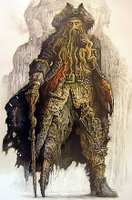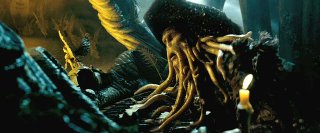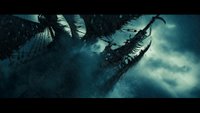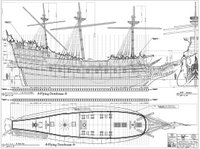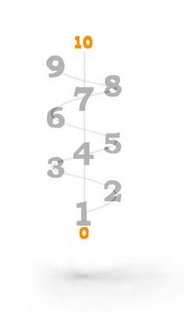 Ok, this isn't really CG-related but appeals greatly to the "geek" inside every one of us... heheh
Ok, this isn't really CG-related but appeals greatly to the "geek" inside every one of us... hehehA new book is out called "Imagining the Tenth Dimension" by Rob Bryanton. To publicize the book, he put together a nice website with a series of Flash animations describing very plainly the concepts behind each dimension from 1 to 10 that helps to visualize them. Essentially it is like the difference between 2-dimensional "flatlanders", and our well-known 3 dimensions, which is something we fairly easily can visualize.
At Tenth Dimension, you find a quick tour of the possible 10 dimensions of a universe based on string theory.

Well, I don't know how scientific it is. Scientists who talk about 10 dimensions tend to bend over backwards to point out that they're not really the kind of dimensions that are useful for us to move in, but they're just sort of curled up in a very small place, of no practical significance to us, and only needed to make the equations add up. Which I tend to not believe, so I like it better this way.
So, we can imagine the same magic continuing in more dimensions. Seen from a lower dimension, somebody who moves in a higher dimension can do impossible things, like appear out of nowhere, or travel huge distances in an instant. Because higher dimensions fold lower dimensions. Just like you might find certain distances on a piece of paper (a 2D plane), but you can fold it in 3 dimensions, and bring any two of its points together, so you can get from one to the other, without traveling any 2D distance. It would be equally logical that you can do the same with time and 3D space, or with whole timelines, or universes of possibilities, once you use more dimensions.
And if we assumed that the real reality is the 10 dimensions, rather than the 3, 3 1/2 we're used to, it potentially can change our perspective greatly.
The dimensional concepts presented can have a strong metaphysical tone, allowing you to extrapolate to life and death, the afterlife, and God...
Truly an excercise of logic, ingenuity and imagination! Will give your brain stuff to chew on for a while! Hehehe

